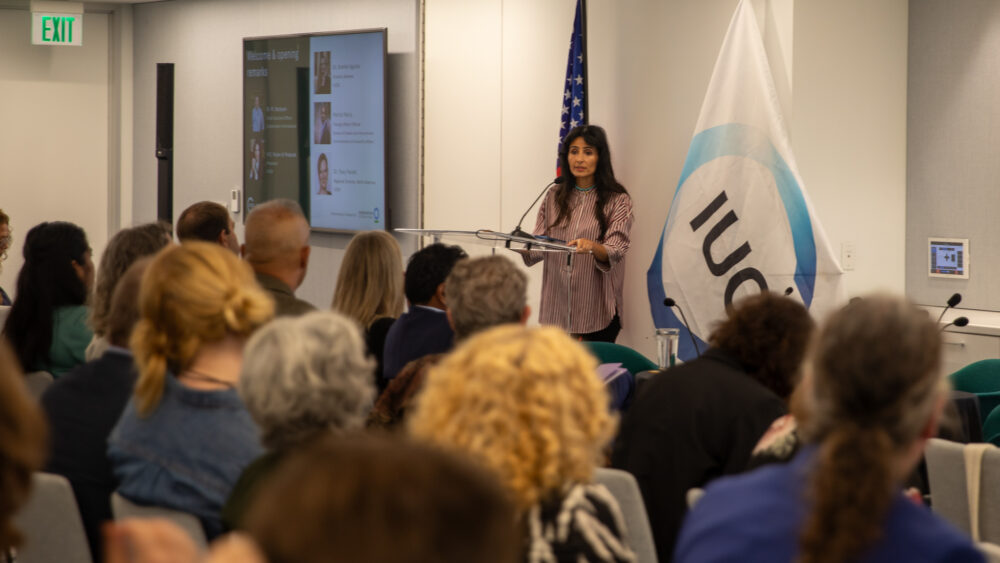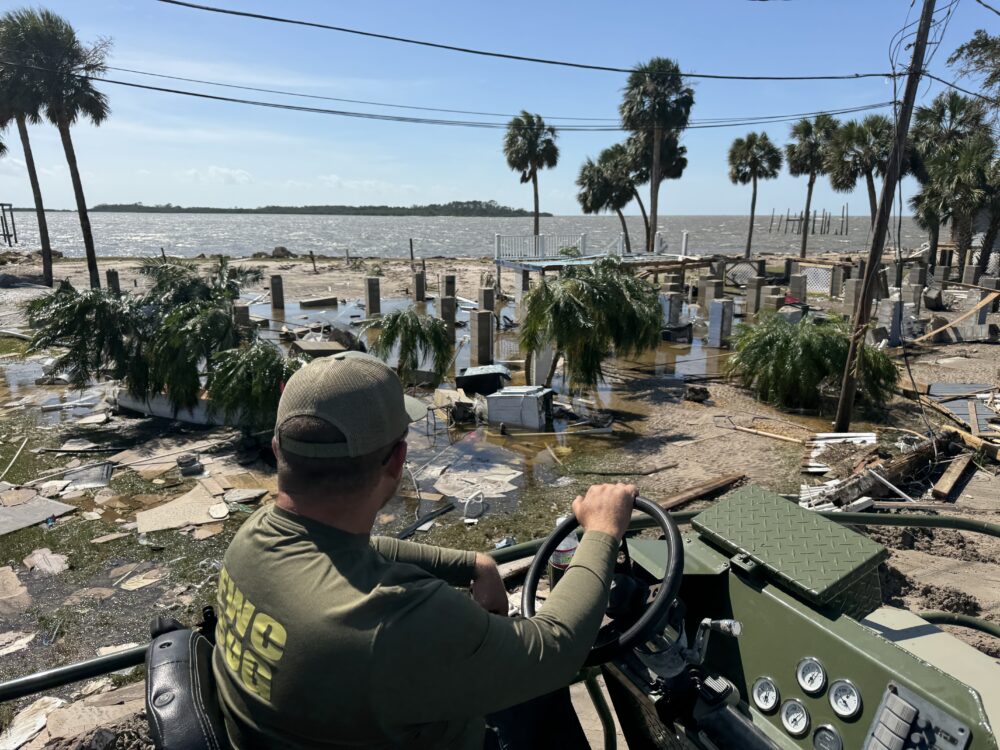We have much more to do and your continued support is needed now more than ever.
What is Happening to the Gulf’s Blue Crabs?
Blue crabs are one of nature’s survivors. This tough little creature—whose scientific name Callinectes sapidus translates to “savory beautiful swimmer”—is a critical part of the Gulf’s food chain, eaten by a wide variety of species from the Kemp’s ridley sea turtle to the whooping crane to many, many different kinds of fish.
The blue crab’s critical place in the Gulf’s food web means a prolonged drop in its populations could have widespread repercussions.

Tiny creatures might take in such low amounts of oil that they could survive, [Bob Thomas, a biologist at Loyola University in New Orleans] said. But those at the top of the chain, such as dolphins and tuna, could get fatal “megadoses.”
In the three years since the well was capped, crab populations have not seen a precipitous drop until recently, but dolphins have been dying in unprecedented numbers.
For blue crabs, 2012 was overall an average year in Louisiana, but the picture was mixed, with some places seeing declines while others saw an increase. This is not unusual. Crab populations fluctuate widely–the species is very responsive to changes in its environment, such as unfavorable weather patterns or lack of fresh water flowing into its favored habitats during droughts.
But now, particularly in Louisiana’s Lake Pontchartrain, scientists and fishermen are worried. The Houma Today reports:
“There are absolutely no crabs,” said Keith Watts, Crab Task Force representative for the Louisiana Seafood Promotion and Marketing Board. “We’re not catching anything. It’s ridiculous.”
Watts does most of his crabbing in Lake Pontchartrain in New Orleans, but he reported that the same holds true throughout the rest of the state.
Crabbers in Mississippi, Alabama and Florida are also complaining that catches have been down in 2013.
Does this drop in populations have anything to do with Deepwater Horizon? John Lopez, coastal sustainability program director of the Lake Pontchartrain Basin Foundation, is questioning whether the Gulf oil disaster could be the source of the problem. As stated in the Times Picayune:
“The crabs lay their eggs out in the Gulf of Mexico, and it takes about three years for those crabs to mature, so if you think about it, we’re now three years after the oil spill, and if there was an impact to the eggs — if they were damaged out in the Gulf three years ago — it could be manifested just now because this is the time those eggs would be mature crabs,” Lopez said.
Other scientists are reporting harmful lesions and visible infections on blue crab. According to the Tampa Bay Times:
Darryl Felder, a University of Louisiana biology professor, has been studying deep-water shrimp and lobsters as well as crabs caught in Louisiana’s Barataria Bay, which was inundated with oil. He said the deformities originally found on the shrimp and lobsters have eased up, but not on crabs.
“People are bringing in (crabs) that are really messed up,” he said. “The crab catches are really down, and what they’re getting have big lesions on them — lesions and fungal or bacterial infections.”
The problem, he said, is that no one was documenting these species before the disaster, so it’s hard to say whether this is normal or was caused by the oil.
Aside from their ecological importance, blue crabs are one of the most economically important fisheries of the Gulf. Louisiana alone lands approximately 26 percent of the total blue crabs for the nation, a value of more than $135 million at today’s market prices.

According to a recent report on wildlife tourism in the Gulf by Datu Research over 1,100 outfitters and 11,000 lodging and dining establishments generate business for one another.
So who is getting to the bottom of this? The questions raised by the decline in blue crab numbers and the observed lesions and infections call for serious scientific inquiry.
Whatever the cause of the current decline, we can and should take steps to restore habitat for blue crabs. This “savory beautiful swimmer” that is so important to so many species of wildlife relies on estuaries—places where freshwater from rivers flows into the saltier waters of the Gulf—to feed and reproduce.
But across the Gulf Coast, our estuaries and wetlands are in serious decline. The Gulf loses 20,000 acres of coastal wetlands every single year.
Using the money from BP’s oil spill fines to stop coastal wetlands loss and protect habitats for blue crabs will have a positive impact on the entire food web of the Gulf of Mexico—and the Gulf Coast economy as well.
![]() Take action for blue crabs! Urge the Secretary of Commerce to make sure oil spill money is used to restore habitats for dolphins, blue crabs and other Gulf wildlife.
Take action for blue crabs! Urge the Secretary of Commerce to make sure oil spill money is used to restore habitats for dolphins, blue crabs and other Gulf wildlife.






















